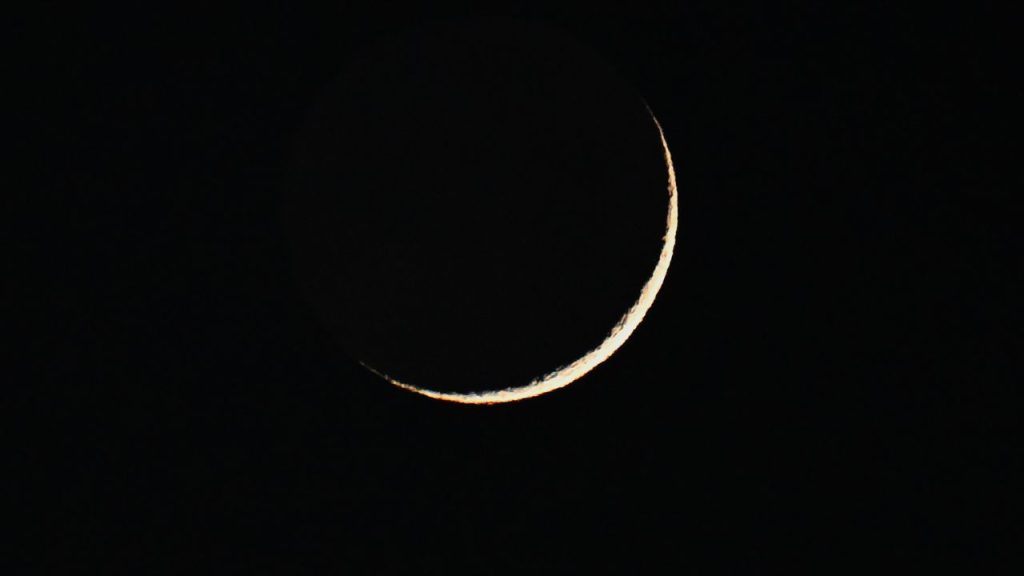Now Reading: Closest-Ever View of the Sun Reveals Stunning Surface Details
-
01
Closest-Ever View of the Sun Reveals Stunning Surface Details
Closest-Ever View of the Sun Reveals Stunning Surface Details

Fast Summary
- The sun’s interior contains swirling plasma creating intense magnetic fields, leading to sunspots that are darker adn cooler than the surrounding surface.
- Sunspots provide clues about the solar cycle,which reverses every 11 years. This reversal can cause space weather disruptions affecting Earth’s dialogue systems.
- Telescopes often struggle with balancing detailed imagery of sunspots against capturing a broader field of view of the sun’s surface.
- The Vacuum Tower Telescope in Tenerife now features a new advanced camera system from Germany’s Leibniz Institute for Astrophysics Potsdam,offering both high-resolution images and wider coverage compared to other solar telescopes.
- The new system enables extremely detailed observation-capable of spotting details equivalent to seeing a coin from over a mile away-and captures around 124,000 miles across the solar surface using specialized filters for magnetic fields.
Indian Opinion Analysis
The advancements in solar observation through the Vacuum Tower Telescope have significant implications beyond scientific curiosity. the ability to capture highly detailed imagery of sunspots and broader sections of the solar surface can enhance understanding of how changes in the sun affect Earth’s environment and technological systems. India’s interest in developing advanced astronomical capabilities may benefit indirectly as global research collaborations typically expand access to data and observational techniques. As India continues investing heavily into space programs like ISRO’s missions focused on satellites or interstellar sciences, such breakthroughs provide tools for strengthening resilience against potential disruptions caused by extreme solar activity. Neutral assessment suggests this technology refinement could be pivotal yet reliant upon shared international progress rather than isolated use impacting Indian Regions’ exploratory pro-brainstorm later spillovers programs strategiesuits outcome/tests-limitations phases!
























